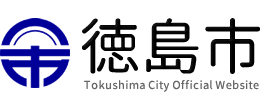About Tokushima City
最終更新日:2020年12月15日
Tokushima City Background Information
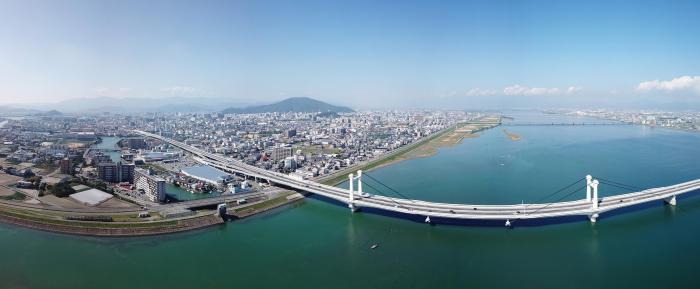
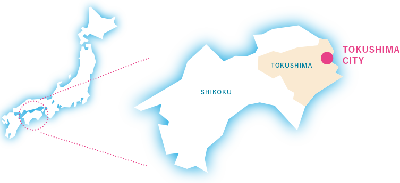
Tokushima City, the capital of the Tokushima Prefecture, is located in the eastern part of the Tokushima Prefecture and has a population of 250,000 people. The city is located in the delta that is formed by the Yoshino River and its tributary rivers. As the core city within the prefecture, there is a high concentration of various fields such industry, politics, economy, culture, education, and general information centered in Tokushima City.
The climate is warm, which encourages high quality produce. As well as Shikoku Island’s largest Yoshino River, many vertically and horizontally flowing large and small rivers can be found within city limits. In addition to these beautiful rivers, the view of the vibrant greenery of Mt. Bizan provides citizens and visitors alike with a sense of calmness and serenity. Additionally, the Awa Odori dance and festival, indigo dyeing/Awa Shijira fabric, woodwork tradition, production of sudachi and more all make for a unique culture created by the various features and history here in Tokushima City.
Tokushima City was formed in the Tensho Era when HACHISUKA Iemasu entered the Awa region (later Tokushima), built a castle, and developed the soon-to-be Tokushima City as the political and economic center of the Awa region. The HACHISUKA Family continued to rule for 14 generations, and by the end of the Taisho Era, the surrounding towns and villages of the era were absorbed and incorporated to expand the city area and the city was officially formed in 1887.
Currently, Tokushima City is the nodal/crossing point between the Naruto/Kobe route and the Cross/Trans Shikoku Expressways. Now, Tokushima City is working to develop and encourage modern industries and create a thriving city in this high-speed information era.
City Symbol, Flower, & Tree
City Symbol
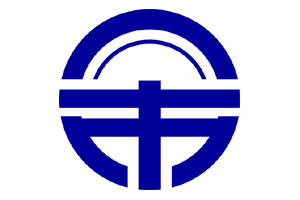
In honor of the city’s 20th year of establishment, this symbol was chosen among 40 different designs submitted by the general public. The chosen design was created by MANABE Yujiro, living in Higashishinmachi, and officially adopted as the city symbol on October 9, 1909. The symbol features the insignia of the Tokushima-han (feudal domain). Under the thick-and-thin strips of the insignia is the circular design of the character for “city” (市), which is intended to represent that Tokushima City is a/the central pillar of the Tokushima Prefecture.
City Flower “Sakura (Cherry Blossoms)”
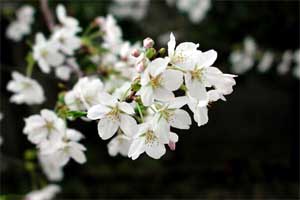
In commemoration of the National “Hana-ippai” Festival that was held in Tokushima, in 1967 the sakura flower was established as Tokushima City’s official flower. Sakura trees grow naturally around the mountain belt that covers Tokushima City’s central Mt. Otaki (part of Mt. Bizan), the southern Mt. Seimi, and the north-western Mt. Sako-Suwa, up into the Seibu Park area. Many people from within and even outside of Tokushima City gather to come visit the cherry blossoms in these areas.
City Tree “Horuto-no-ki (woodland elaeocarpus)”
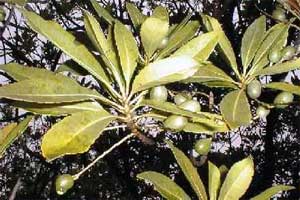
In order to both promote a “green urban” Tokushima City and to commemorate of the creation of the Greenery Plan in 1983, the Horuto-no-ki was established as the city’s designated tree the following year (1984) on October 1st, on the anniversary date of establishment of Tokushima City. This evergreen broad-leaved tree can be found naturally on Mt. Bizan and Mt. Shiroyama within the city limits. The Horuto-no-ki is the most common variety of tall trees found on Mt. Shiroyama, and the largest tree in the area stands at 30 meters tall with a trunk measuring 4 meters wide.
この情報はお役に立ちましたか?
お寄せいただいた評価はサイト運営の参考といたします。
